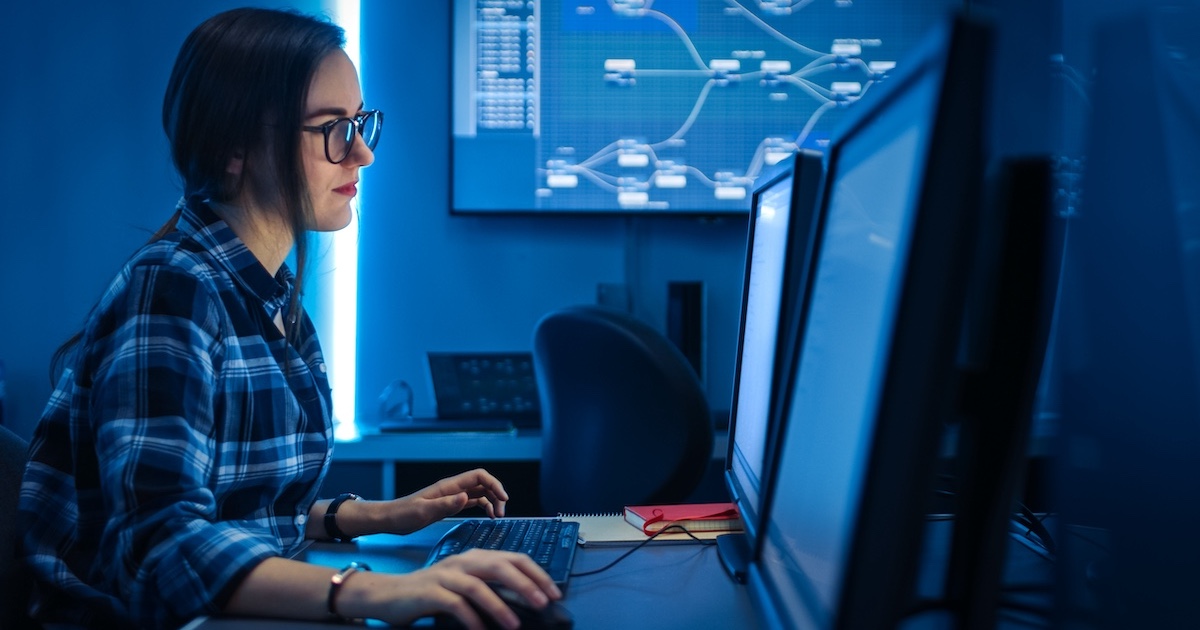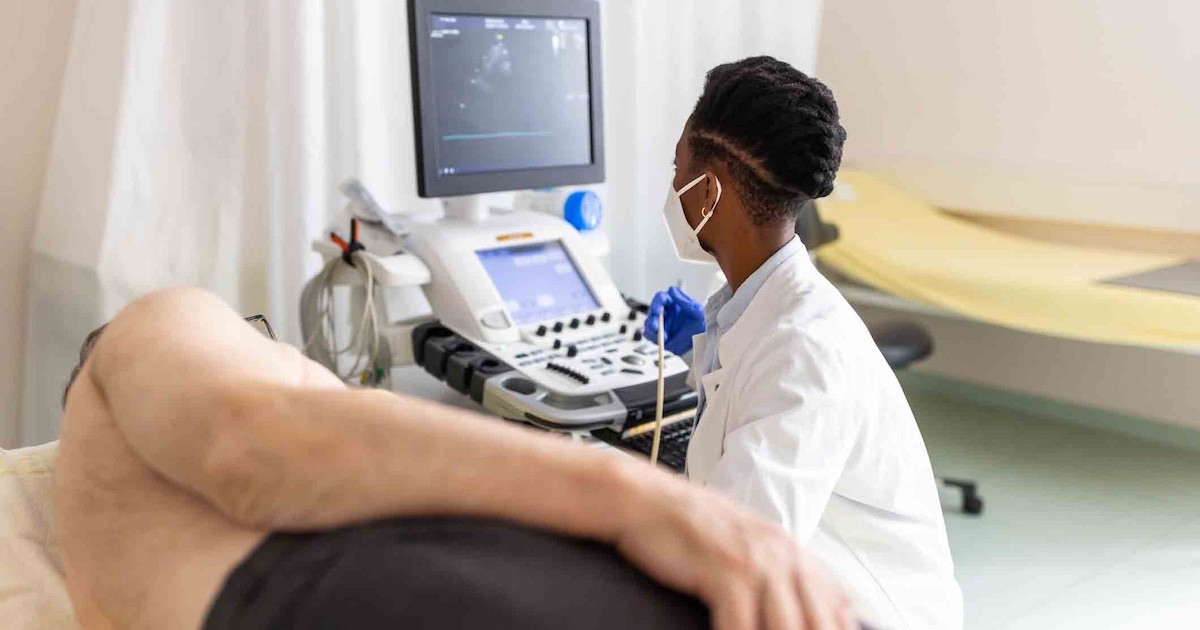
Who will be the early adopters of telemedicine? "My immediate reaction: The geeks will be the first to grab it because they grab everything but that's not a market," Michael Ackerman, assistant director of high performance computing and communications at the National Library of Medicine, National Institutes of Health said during the ATA event as moderator Dena Puskin from the HHS Office for the Advancement of Telemedicine chuckled.
"Let's be realistic, in the next few years the first ripe market is the young family at home," Ackerman continued. "This under 30 crowd is used to technology and expect to have this kind of technology. Maybe they're parenting and need an "assist" and it's not always going to come from parents and grandparents. The next market of early adopters might sound like a bit of a stretch: It's the aging market. An [uptake of telemedicine products in this market will not be] driven by the old timers. It will be driven by their grandchildren, who can recognize that certain problems can be solved with smart home technology that keeps seniors independent. Finally, there's the sports enthusiasts and healthy living people. If you promise them an extra 2.5 minutes on this earth -- they will buy anything. A lot of these telemedicine services are good for the health nuts."

"Great tools exist right now," Mark Carroll, the Telehelath Program Director at the HHS Indian Health Service declared during a panel session at ATA. "They don't require new development. Take even desktop video, for example, we need to do more to use that in telemedicine now... We have only begun to scratch the service of scaling the tools we have now -- even though I'll admit we have scratched the surface vigorously." Bettyjoyce Lide from the Department of Commerce (left) and Brenda Korte (right) from NIH listen in.

Quick snapshot of part of the display at the MedApps booth at ATA -- notice the Bluetooth-enabled scale on the far left -- MedApps said its monitoring hub (the pager-like device that in the dock as well as featured in the kit on the right) is interoperable with a number of peripherals found at your local pharmacy. When asked why users would need to pager when most people have mobile phones, the booth rep said not everyone has a mobile phone. (Close to 90 percent of people in the U.S. do, but we let it go after dropping the stat.)

Two Health Buddies hanging out at ATA. We still wonder: Who needs a dedicated device these days with a mobile phone in almost every pocket?

VivoMetrics wins the award for marketing material that most effectively channels Superman: Look, a LifeShirt under his business clothes! Naturally, the geeks will be first adopters of this technology, as NIH's Ackerman mentioned earlier.

Ah, there we go -- t+Medical features a massive photo of the Motorola RAZR, still one of the most popular and ubiquitous phones in the world -- and now it can help manage your chronic disease. Making use of the tools already available today. No wonder Vodafone invested so much in t+Medical...

While everyone taps their foot and hems and haws over rumors of an Apple tablet device, Waldo Networks is quietly developing a much more inexpensive tablet designed for older users looking for a simple user interface and rich applications. Waldo is still working with a prototype, but we're excited to see what's under the hood in a few months.


